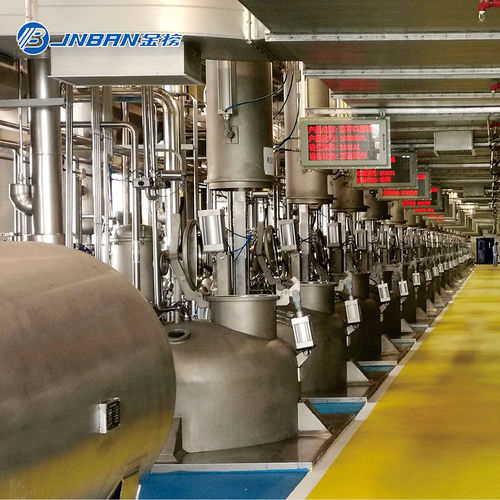The production process of anthocyanins typically involves several steps. Here is a general outline of the process:
Source Selection: Anthocyanins can be obtained from various plant sources, such as berries, grapes, or flowers. The selection of the plant source depends on the desired type and quantity of anthocyanins.
Harvesting: The selected plant material is harvested at the appropriate stage of maturity to ensure optimal anthocyanin content.
Extraction: The anthocyanins are extracted from the plant material using suitable solvents, such as water, ethanol, or a combination of both. The extraction method can vary, including techniques like maceration, percolation, or ultrasound-assisted extraction.
Purification: The crude extract obtained from the extraction process may contain impurities and other compounds. Purification methods, such as filtration, centrifugation, or chromatography, are employed to separate and isolate the anthocyanins.
Concentration: The purified anthocyanin extract is concentrated to increase the concentration of the desired compounds. This can be achieved through techniques like evaporation, freeze-drying, or spray drying.
Characterization: The concentrated anthocyanin extract is analyzed to determine its composition, purity, and other quality parameters. This may involve techniques such as spectrophotometry, high-performance liquid chromatography (HPLC), or mass spectrometry.





